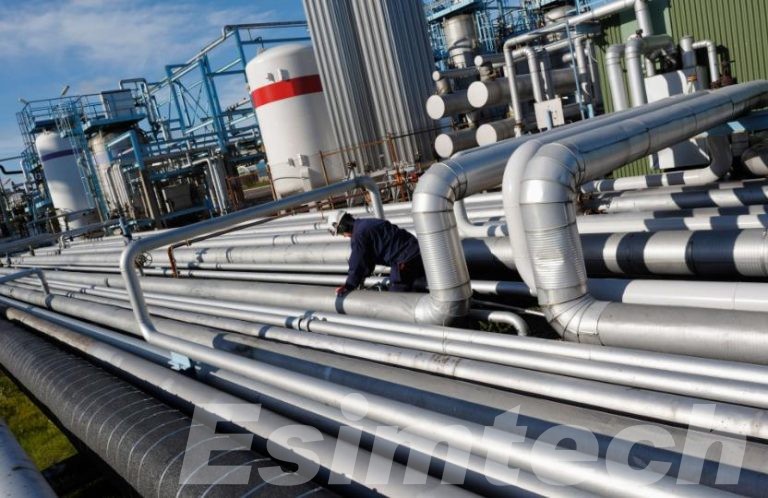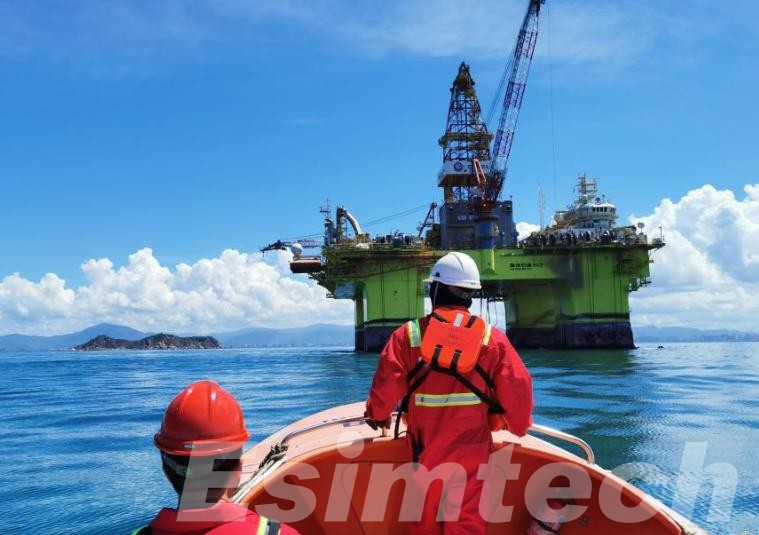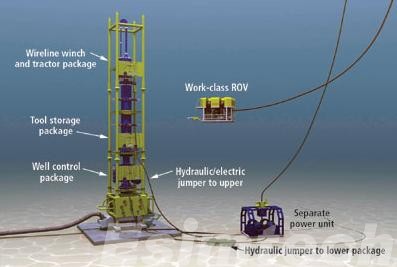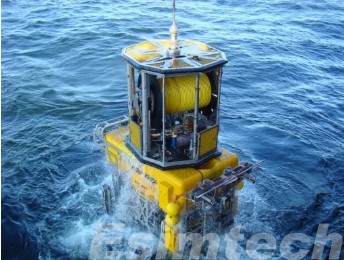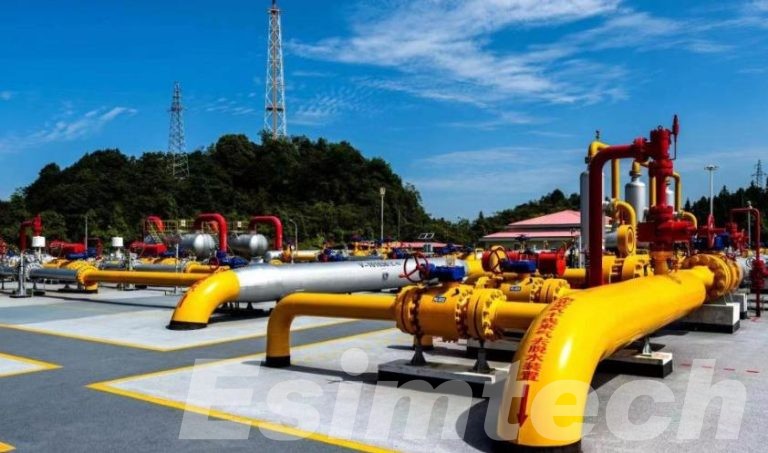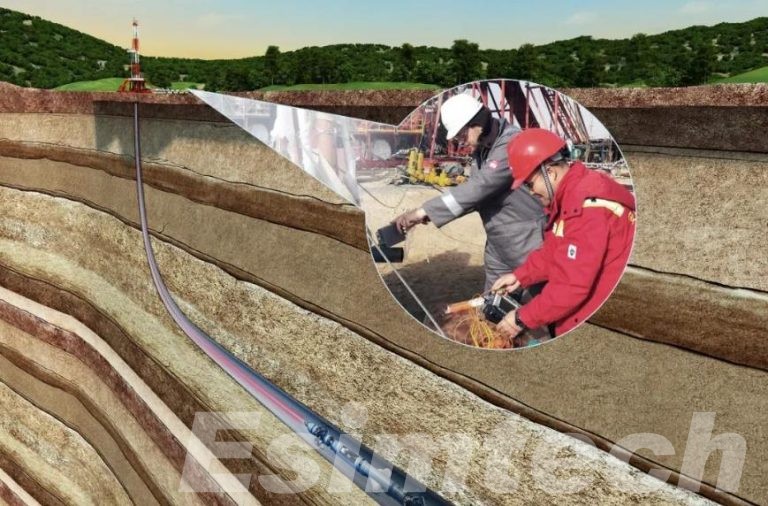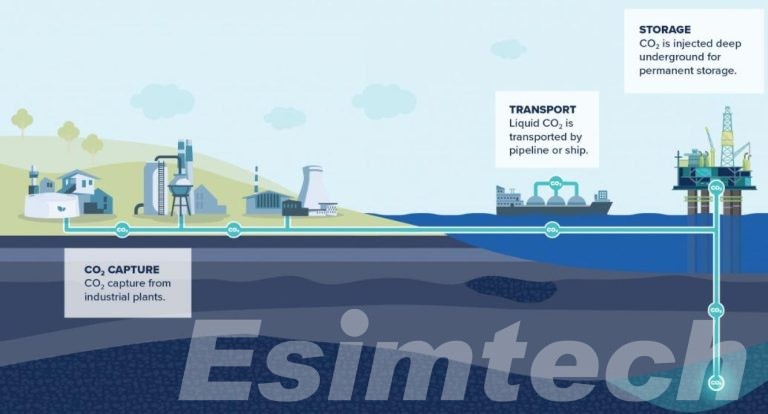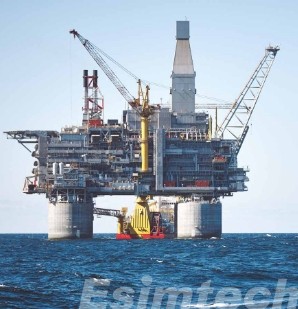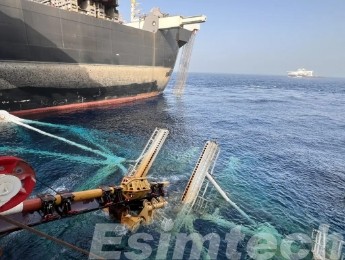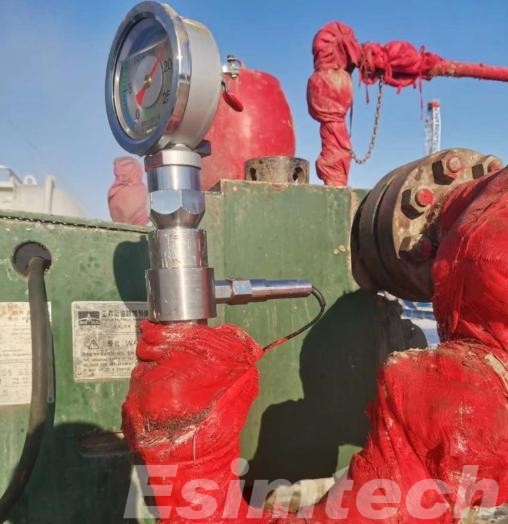Petroleum Pipeline in Oil and Gas Transportation
Petroleum pipelines are vital for the smooth and efficient transportation of crude oil, refined products, and natural gas over long distances. As one of the most cost-effective and safest methods of moving large volumes of these energy sources, pipelines form the backbone of the oil and gas transportation industry. How Petroleum Pipelines Work Petroleum pipelines are…

